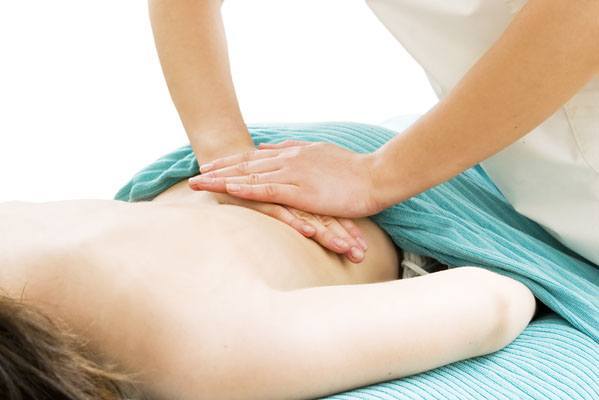What Is Remedial Massage?
Remedial or therapeutic massage uses controlled pressure on deep muscle tissue to alleviate pain, increase circulation and facilitate recovery after an injury. There are many different approaches or styles of remedial massage and experienced massage therapists will vary treatment depending on your goals for treatment, your general state of health and the massage therapist’s recommendations.
Massage can work in conjunction with an osteopathic manual and movement therapy regimen after a sports-related injury, accident or lengthy period of bed rest. Athletes often seek sports massage, a specific form of remedial massage that helps keep hard-working muscles in good shape. It can also be part of a greater wellness program focussed on overall health.
What’s the Science Behind Massage?
Before babies’ eyes can focus and before they can make sense of the sounds they hear, they understand the meaning of a touch. Massage activates that most fundamental sense, reducing stress and speeding recovery after injury. While any massage can have therapeutic value, remedial massage is a specific and systematic approach to massage treatment that goes beyond relaxation.
Every part of your musculoskeletal system connects directly or indirectly to the whole. If you’ve ever suffered a sprain or strain to one ankle, you may have noticed that your back or your other leg begins to ache as these muscles take on the unaccustomed stress of favouring the injured leg. Remedial massage treats specific and systemic pain by manipulating deep muscle fibres to improve circulation and restore damaged tissues to health.
The Australian Association of Massage Therapy (AAMT) undertook a meta-analysis of 740 academic papers on the efficacy of massage therapy for improving an array of conditions. The researchers found “moderate to strong evidence” that therapeutic massage enhanced lung function, reduced exercise-related muscle soreness, managed chronic pain and eased anxiety disorders. Although evidence for other health concerns remained inconclusive, the safety of non-invasive remedial massage techniques led researchers to recommend its use.
What Can Remedial Massage Treat?
Athletes have long known the value of therapeutic massage to counteract the repetitive motion disorders that long hours of practice can cause. Even if you aren’t an athlete, your weekends on the tennis court or golf links could cause similar musculoskeletal strain. Your work can also affect your soft tissues adversely; a chef who chops vegetables all day is as prone to tennis elbow as any Wimbledon hopeful. Prolonged static posture in sedentary office work is another very common cause of neuromuscular irritation and fatigue. These small accidents and minor strains can cause disproportionate pain, and remedial massage can speed the healing of a sprained ankle or resolution of pain from a strained back.
Musculoskeletal disorders are a large part of remedial massage therapy’s focus, but not the whole of it. As the AAMT overview noted, nausea responded well to therapeutic massage. Anxiety and depression may decrease after regular massage sessions. There is also evidence to suggest that remedial massage improves the health of damaged superficial tissue and restores greater suppleness to scarred skin. Chronic pain from osteoarthritis or fibromyalgia are notoriously difficult for conventional medicine to treat with no significant side effects, but remedial massage can help to ease pain without medication. Massage therapists also work in conjunction with other health carers, like your osteopath or naturopath, as part of a thorough approach to your treatment.


